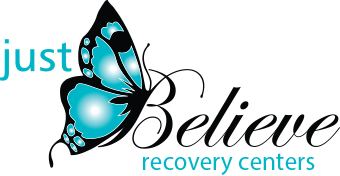The Difference Between Rehab and Recovery
Rehab helps people stop using drugs and get over addiction; recovery is the lifelong process of abstaining from drugs – it includes drug treatment in Texas (rehab) and continues after it.
Rehab is the initial part of recovery and has four stages, including assessment, detox, counseling, and aftercare. Recovery is the entire experience of getting off a drug and staying sober, encompassing the ongoing struggle to maintain abstinence and not relapse. Recovery includes the following steps, which start with the rehab process:
- Acknowledgement: Recovery begins when you realize that you have a problem and decide to get help.
- Assessment: Rehab starts with the screening process to determine the extent of the addiction.
- Detoxification: The second step in rehab allows the body to cleanse itself from any drugs’ lingering toxins.
- Therapy: The bulk of rehab is spent learning how to cope with underlying psychological issues and behavioral responses to drugs.
- Aftercare: The final step of rehab facilitates a plan to stay involved in various accountability programs or counseling to build on the progress made in therapy and to maintain sobriety.
- Abstinence: Recovery includes a lifelong commitment to be completely clean from drug usage through continued effort and by overcoming challenges that lead back into the addiction cycle.

Scientific studies and clinical trials have created some drugs to help the brain recover from chemical changes, but much of our drug rehab in Pennsylvania focuses on behavioral changes. To achieve long-term abstinence, therapists first help users rethink why they are craving the drugs, and then they help them learn how to overcome those cravings. They will also help them address other psychological difficulties that may have contributed to the substance abuse.
While rehab cannot keep people from ever using drugs again, it does give individuals tools to use when facing drug cravings, and it gives encouragement to continue staying healthy and clean



